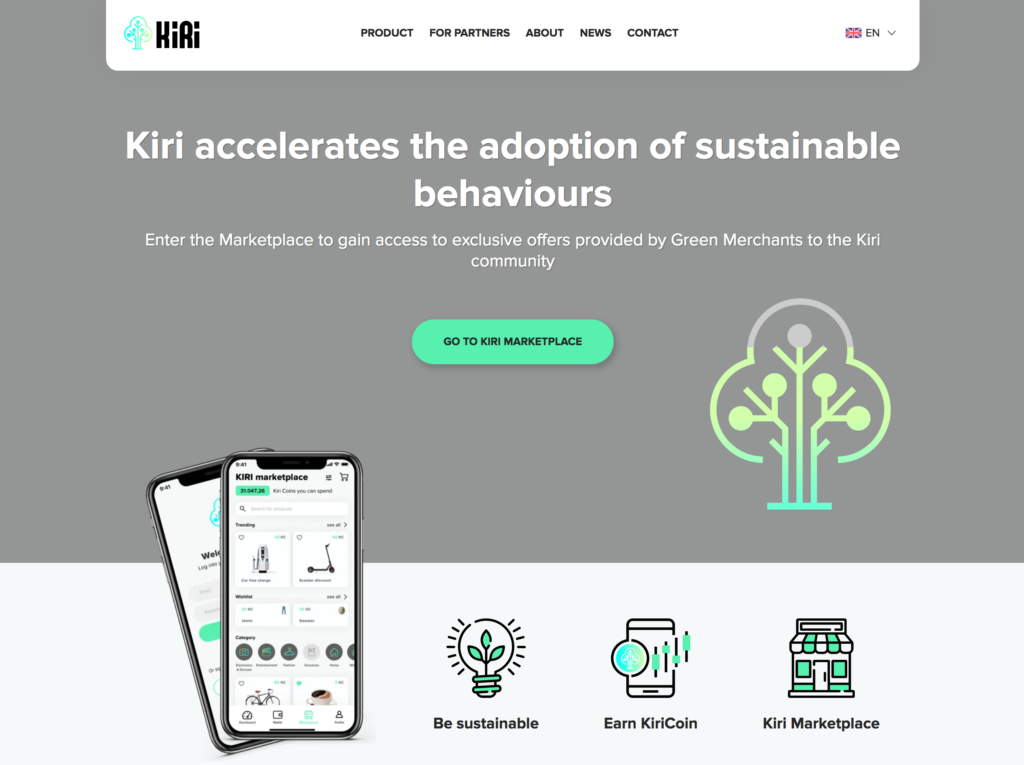(Also posted earlier this week on my crypto/DeFi Whatsapp channel).
We have discussed NFTs or non-fungible tokens before, mostly in the form of digital art and collectibles. Not only do some of them sell for millions of dollars, they can also be re-sold on secondary marketplaces for gains.
The Wall Street Journal reported on Monday that we’re now seeing pieces of virtual land inside games being sold as NFTs.
In some games, players can buy digital deeds for real estate in the form of an NFT, which proves the authenticity of a certain plot in a specific game.
The real estate will appreciate as more players join the game and scarce land is sold to other players who require the plots for certain tasks and missions.
It’s not just buy-and-hold. Those ‘assets’ are being put to ‘productive use’:
Players can then rent out their land to other gamers, charge others for using it or even sell it—either within the game or on a third-party exchange such as OpenSea.
that real estate, too, can be sold for large sums:
A group of people last month paid $1.6 million for Citadel of the Stars, a large kingdom in the unreleased fantasy role-playing game Mirandus
virtual world The Sandbox sold about $2.8 million worth of land in a pair of well-received sales that now have the company valuing its digital properties at about $37 million.
The sale of properties in games that are not even released reminds me of Bollywood/other Indian movies, which start making money through sale of music weeks before the movie’s release.
that real estate, too, can be sold for large sums:
A group of people last month paid $1.6 million for Citadel of the Stars, a large kingdom in the unreleased fantasy role-playing game Mirandus
virtual world The Sandbox sold about $2.8 million worth of land in a pair of well-received sales that now have the company valuing its digital properties at about $37 million.
The sale of properties in games that are not even released reminds me of Bollywood/other Indian movies, which start making money through sale of music weeks before the movie’s release.
We’ve heard news for years from governments who have wanted to tokenise parcels of land, even apartments. The current Indian government’s think tank also recognises real estate as a major area for the adoption of blockchain (Blockchain: the India Strategy, January 2020).
Innovation in virtual worlds made from scratch will always be faster because they have fewer messy problems. That said, there’s a lot for governments to learn from them about distribution and market mechanisms – if they choose to. For instance, governments could require new real estate projects to list on their real estate blockchain, just like the unreleased games that sold plots of ‘land’ as NFTs.
The smart contract could abstract the chain of ownership from the actual chain of transactions on the blockchain. That is, as the government understands the ownership history of the plot of land on which the new project is being built, the on-chain record history can grow ‘backwards’.
At the same time, the chain of ownership of that plot could also grow ‘forward’ as it is sold repeatedly.
Both the backwards and forwards additions to ownership are immutably recorded on the real estate blockchain. The abstraction means you don’t need to wait for the definitive ownership history of each plot of land to be determined before you list them on-chain.





